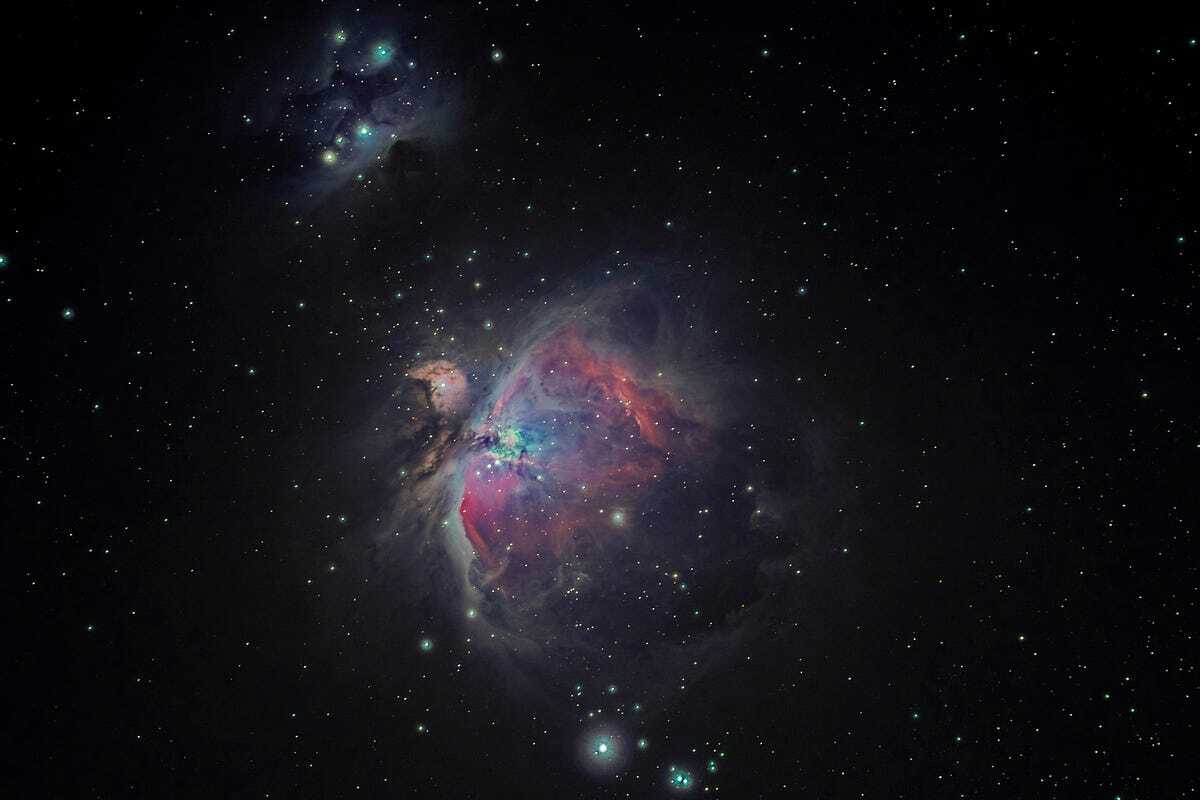I’m working on something that allows for custom CRDTs since I agree no one CRDT strategy is best for any given app. There are several others I know of but they only use a single type. I think Automerge is the most popular current one but I don’t know if it has many actual users.
Mine is Eidetica, still very much experimental but I’m making progress https://github.com/arcuru/eidetica















deleted by creator